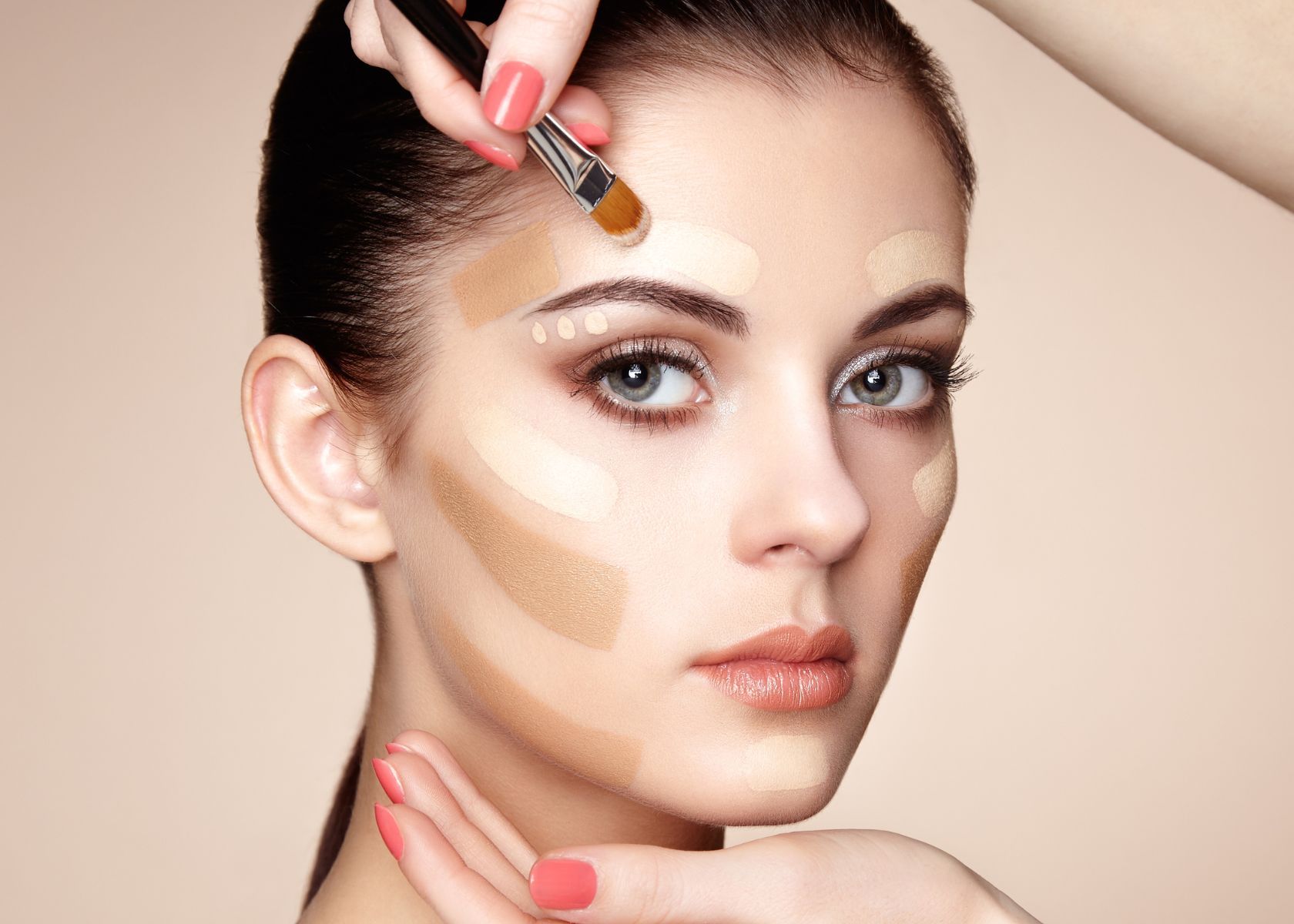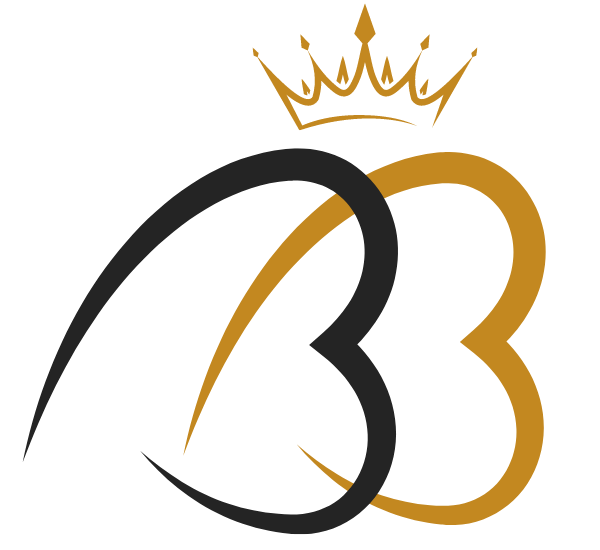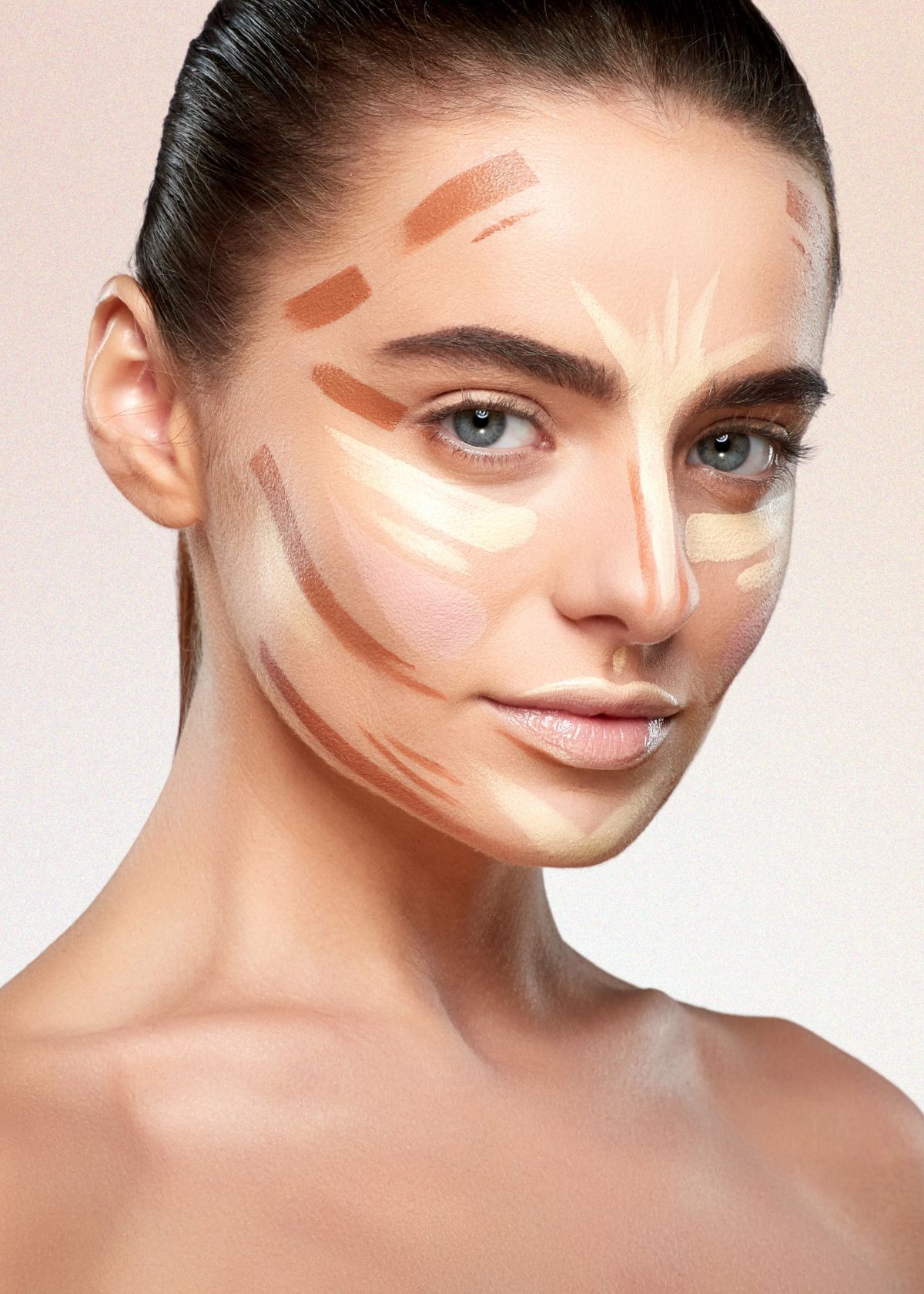Bronzer is an essential makeup product that can instantly add warmth, depth, and dimension to your face. But applying bronzer in the wrong areas can lead to a muddy or unnatural look.
To achieve a flawless, sun-kissed glow, it's important to know exactly where to apply bronzer on your face. In this guide, we'll explore the key areas to focus on when applying bronzer, ensuring that you achieve a natural and radiant complexion.
So, whether you're a makeup novice or an experienced beauty enthusiast, read on to discover the best techniques for applying bronzer like a pro.
Areas to Focus on When Applying Bronzer
Bronzer is a versatile makeup product that can transform your complexion, giving you a healthy, sun-kissed natural glow. However, knowing where to apply bronzer on your face is crucial to achieve a natural and radiant look.
Forehead
Applying bronzer shade to the forehead creates warmth and adds dimension to the face. It helps to create a seamless transition between the bronzed areas and the rest of the face.
By sweeping bronzer along the hairline, you can mimic the effect of the sun hitting your forehead, giving it a natural and sun-kissed appearance.
Cheekbones
The cheekbones are one of the most popular areas to apply bronzer. By applying bronzer just below the cheekbones, you can create a chiseled effect and enhance your facial structure.
This technique is especially useful for those with rounder faces, as it helps to create the illusion of more defined cheekbones.
Temples
Applying bronzer to the temples adds warmth to the face and creates a natural contouring effect.
By blending bronzer into the temples, you can add depth and dimension to the face, making it appear more sculpted and defined. This technique is particularly flattering for those with high or prominent cheekbones.
Jawline
The jawline is another area where bronzer can be applied to create definition and shape the face. By lightly dusting the bronzer along the jawline, you can create the illusion of a more sculpted and contoured jawline.
This technique is especially helpful for those wanting to create a more defined and angular face shape.
Nose
Bronzing the nose can help to add warmth and dimension to the face, providing a natural-looking sun-kissed effect. By applying bronzer to the sides of the nose and blending it outwards, you can create the illusion of a slimmer and more sculpted nose.
This technique is ideal for those who want to enhance their natural features and achieve a more balanced complexion.
Chin
Applying bronzer to the chin can also add warmth and dimension to the face. By focusing on the center of the chin and blending the bronzer downwards, you can create a subtle contouring effect that enhances the overall shape of your face.
This technique is especially useful for those with rounder or fuller faces, as it helps to create a more defined and chiseled appearance.
By understanding where to apply cream or liquid bronzer on your face and the significance of each part, you can achieve a natural and radiant complexion. Experiment with different techniques and find what works best for your unique facial features.
Remember to blend well for a seamless and natural finish. With practice and the right products, you can master the art of bronzer application and enhance your natural beauty.
Best Techniques for Applying Bronzer With a Bronzer Stick

Using a bronzer stick can be a convenient and effective way to achieve a sun-kissed glow. With its creamy texture and easy application, a bronzer stick allows for precise placement and seamless blending.
Prep and Prime Your Skin
Before applying bronzer, it's important to prep and prime your oily or dry skin to ensure smooth and even application. Start by cleansing and moisturizing your face to create a hydrated canvas. If you use foundation or tinted moisturizer, apply it before bronzer to create an even base.
Choose the Right Shade
Selecting the right shade of bronzer is crucial for achieving a natural and flattering result. Aim for a shade that is one to two shades darker than your natural skin tone.
Opt for warm, golden tones if you have a warm undertone, and cooler, taupe tones if you have a cool undertone. Test the bronzer on your jawline or wrist to ensure it complements your skin tone.
Apply in Strategic Areas
When applying bronzer with a bronzer stick or powder brush, focus on strategic areas to achieve a natural look. Start by applying a thin line of bronzer along your cheekbones, jawline, temples, and the sides of your forehead. These areas tend to catch the most sunlight and give a natural sun-kissed effect.
Blend, Blend, Blend
Blending is the key to achieving a seamless and natural-looking bronzed complexion. Use a clean makeup sponge, brush, or your fingers to blend the bronzer into your skin.
Start by gently patting and swirling the product to ensure it is evenly distributed. Avoid harsh lines or streaks by blending in outward circular motions.
Layer for Intensity
If you prefer a more intense bronzed look, layer the bronzer stick by applying multiple thin layers.
Start with a light application and gradually build up the color until you achieve your desired level of bronzing. Layering allows for better control over the intensity and prevents the product from looking too heavy or unnatural.
Set with Powder
To ensure longevity and prevent smudging, set your bronzer with a translucent powder. Lightly dust the powder over your bronzed areas using a fluffy brush. This will help to lock in your bronzer and give it a soft and matte finish without making your oily skin look bad.
Use as Contour
In addition to adding warmth and glow to the skin, a bronzer stick can also be used for contouring.
Apply the bronzer stick to the hollows of your cheeks, along the sides of your nose, and under your jawline to create depth and definition. Blend well for a natural-looking contoured effect.
Highlight for Dimension
For added dimension and glow, pair your bronzer stick with a highlighter. After applying bronzer, apply a touch of highlighter to the high points of your face, such as the tops of your cheekbones, the bridge of your nose, and the cupid's bow.
The combination of bronzer and highlighter will create a multidimensional and radiant complexion.
Touch-Up Throughout the Day
To maintain your bronzed look throughout the day, carry your bronzer stick with you for touch-ups. Simply dab a small amount on your fingertips and pat it onto the desired areas for a quick refresh.
By following these techniques and tips, you can achieve a natural and glowing complexion using a bronzer stick. Experiment with different shades and intensities to find the perfect bronzed look that suits your skin tone and personal preference.
Difference between Face Bronzing and Contouring

When it comes to makeup techniques, face bronzing and contouring are two popular methods that can enhance your facial features and add depth to your overall look.
While both techniques involve manipulating the shadows and highlights on your face, there are distinct differences between face bronzing and contouring.
Face Bronzing
Face bronzing is a makeup technique that involves adding warmth and a sun-kissed glow to the face. It aims to mimic the effects of a natural tan and create an overall healthy and radiant complexion.
The primary purpose of face bronzing is to add warmth and dimension to the face. It helps to achieve a sun-kissed look, as if you have spent time in the sun. Face bronzing is ideal for those who want to achieve a healthy glow and enhance their complexion.
To apply face bronzer, use a large fluffy brush or bronzer brush to lightly dust the product onto the high points of your face where the sun naturally hits, such as the forehead, temples, cheekbones, and the bridge of the nose. Focus on areas that would naturally catch the sunlight to create a more natural effect.
For face bronzing, you would typically use a matte or satin finish bronzer that is one to two shades darker than your natural skin tone. Opt for warm-toned bronzers with golden or copper undertones to create a sun-kissed effect. The goal is to achieve a subtle and natural-looking tan, rather than a heavily sculpted look.
Contouring
Contouring is a makeup technique that involves using shadows and highlights to reshape and sculpt the face. It aims to create dimension, define facial features, and emphasize certain areas. Here's how contouring differs from face bronzing:
The primary purpose of contouring is to alter the shape and structure of your face. Contouring helps to create the illusion of sharper cheekbones, a slimmer nose, a more defined jawline, and other desired facial features. It is ideal for those who want to achieve a more sculpted and structured look.
Contouring involves using darker shades to create shadows and lighter shades to highlight certain areas.
Apply contouring products, such as cream or powder bronzer that is a few shades darker than your natural skin tone, to the hollows of your cheeks, the temples, the sides of the nose, and along the jawline. Blend well to ensure a seamless and natural-looking effect.
For contouring, you can use matte or satin finish products, including bronzers, powders, or bronzer and contour sticks. The key is to choose a shade that is significantly darker than your natural skin tone. Opt for cool-toned bronzers with taupe or gray undertones to create realistic shadows and depth.
When to Use Each Technique
Face bronzing is best suited for achieving an overall healthy and radiant complexion. It can be used on a daily basis to add warmth and glow to your face, giving you a fresh and sun-kissed appearance.
Contouring, on the other hand, is more suitable for special occasions or when you want to create a more defined and structured look. It is particularly effective for photography or stage makeup, where a more dramatic effect is desired.
While both face bronzing and contouring involve manipulating shadows and highlights on the face, they serve different purposes and are used in different ways. Face bronzing adds warmth and a natural tan-like glow, while contouring reshapes and sculpts the face.
By understanding these differences, you can choose the technique that best suits your desired look and occasion.
Conclusion
Mastering the application of bronzer can significantly enhance your makeup routine, adding warmth and dimension to your face while achieving a natural, sun-kissed glow. Understanding where and how to apply bronzer is key, and with the right techniques, you can create a look that is fresh and luminous or subtly contoured and defined.
Regardless of your preference, remember that the goal is to accentuate your natural features and create a look that best suits your unique beauty. Practice these bronzer application tips and discover the transformative power of this versatile makeup product.



